A virtual tour of Houston FotoFest: ‘Africa is everywhere'
Our digital review of the festival explores photography's historic link to colonialism and resistance, surveyed by 33 global African artists
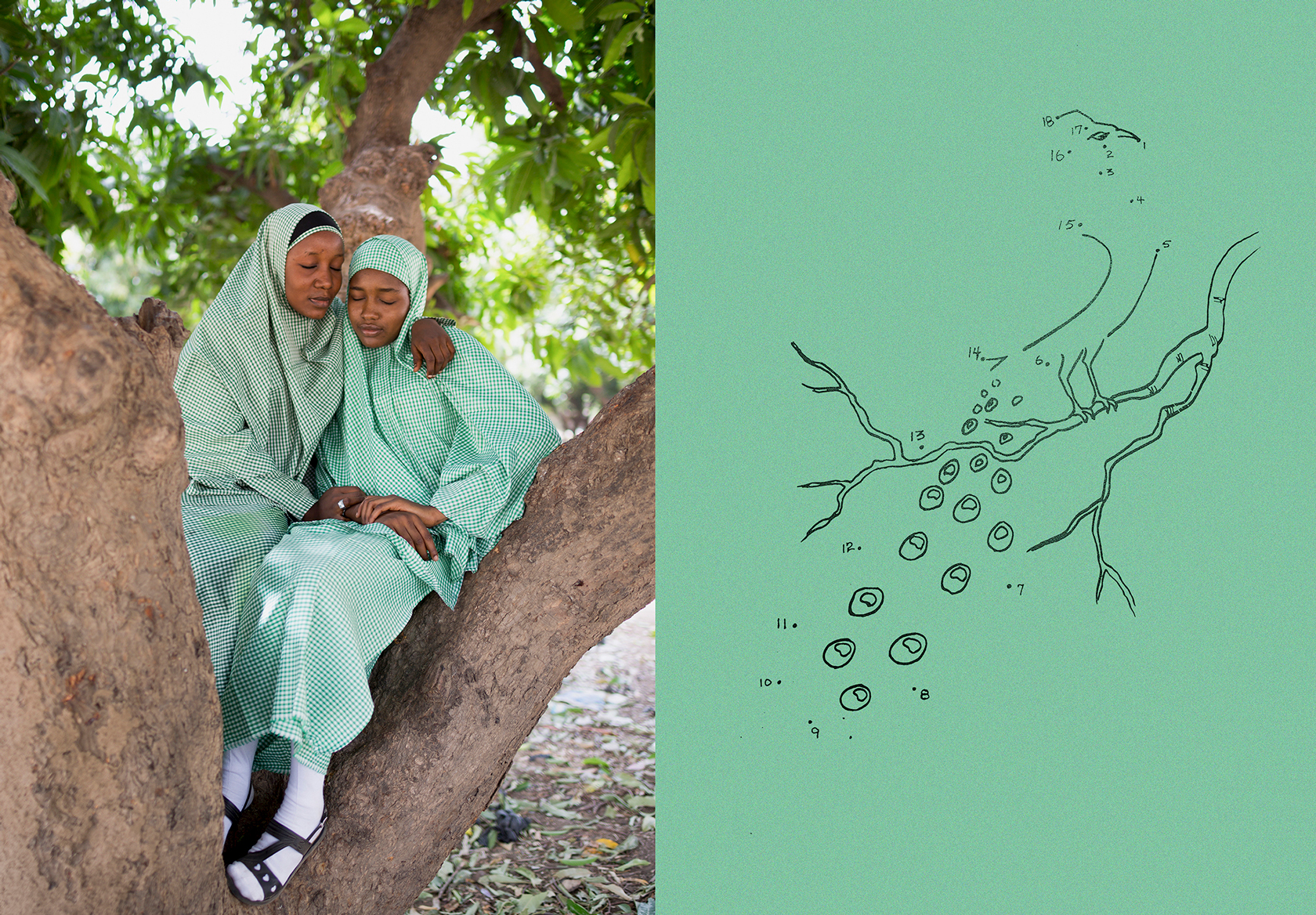
Terrence Malick isn’t kidding when it comes to a Houston sunset. But, as the shadows run impossibly long and the sky burns red, the citizens of the Texan capital are inside, celebrating the opening of a photography festival dedicated to ‘the idea of Africa’.
Since being founded by documentary photographers and journalists, Frederick Baldwin and Wendy Watriss in 1983, Houston FotoFest has emerged as America’s leading photography festival. Now, in 2020, and based out of the city’s cavernous Silver Street Studios, the festival is exhibiting the work of 33 African artists, both living and dead, from across the globe.

Aïda Muluneh, Access, Addis Ababa, Ethiopia From the series Water Life, 2018. Commissioned by Water Aid, 2018. Courtesy of the artist and Water Aid
This is all the more remarkable given the recent history of the city and the surrounding American South. On the same day as the opening, an eight-hour drive away (a short hop in this part of the world) Congressman John Lewis was joined by Kamala Harris and Nancy Pelosi to cross the Edmund Pettus Bridge in Selma, Alabama, where, 55 years earlier to the day, Lewis and dozens of peaceful civil rights protestors led by Martin Luther King were brutalised by police armed with tear gas and billy clubs in what became known as Bloody Sunday.
Many people present at the festival will have a personal memory of that event, as well as the many other chapters of Texas’ less than proud history when it comes to respecting their African American citizens’ right to self-representation.

Rotimi Fani-Kayode (1955-1989), Untitled, 1987-1988.
This made the celebratory nature of Houston FotoFest all the more remarkable. Citizens from all over the city celebrated to the point of breaking out in dance in front of photographs that, taken in isolation, often unflinchingly evoke the pain and trauma of the African experience, as well as the courage and creativity black communities harnessed, from one generation to the next.
The group exhibition, titled ‘African Cosmologies: Photography, Time and the Other’, is curated by Mark Sealy, the curator of the renowned Autograph ABP gallery in Shoreditch, London. Here, Sealy hopes to explore Africa as conceptual, rather than providing a mere census of the continent’s many contemporary photographic artists.
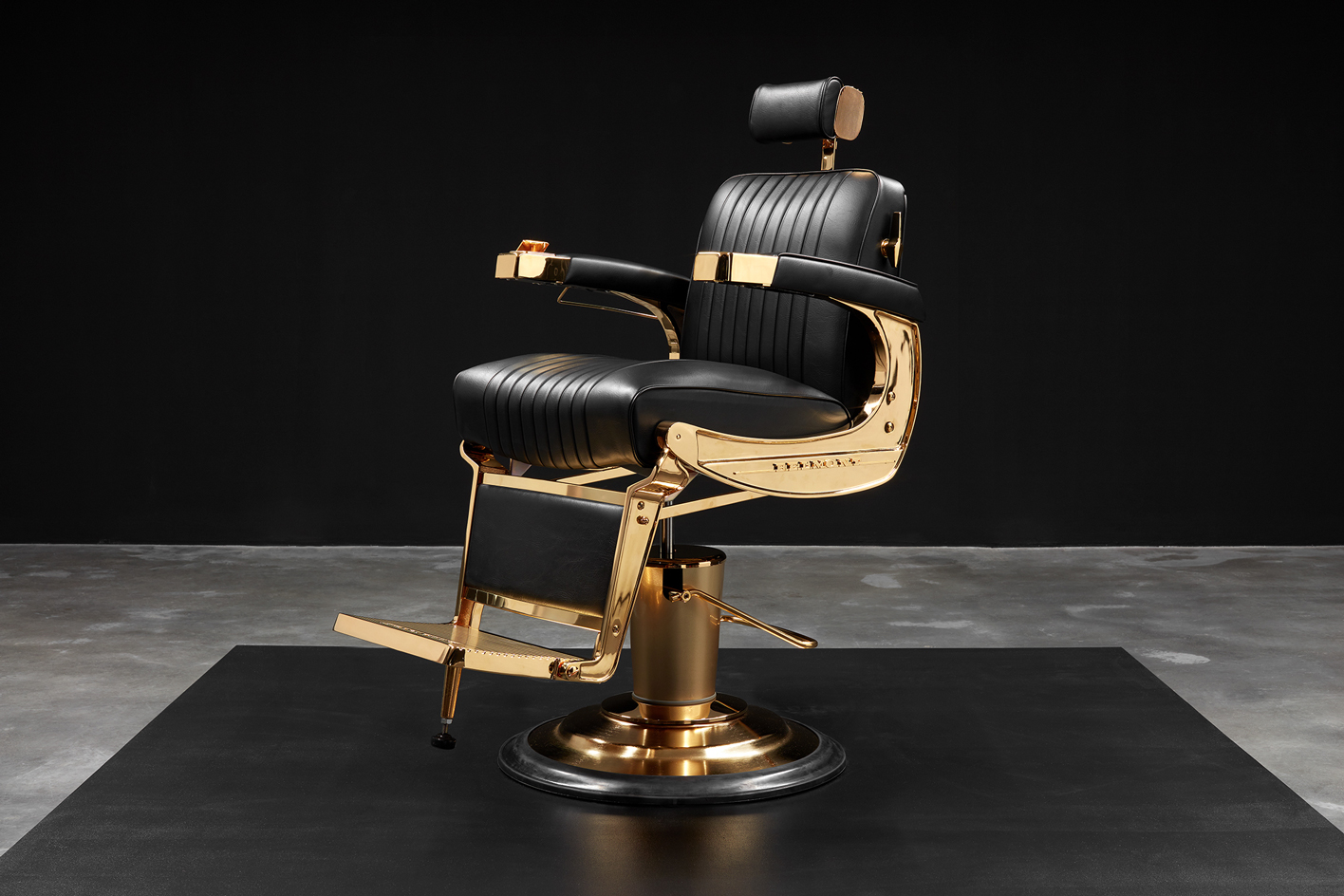
Faisal Abdu’Allah, The Barber’s Chair, 2017, Gold plating, leather, aluminium, cast iron.
‘When I was commissioned to curate this show, I made it clear I wasn't going to jump on a plane and travel around Africa’s 54 countries,’ Sealy tells Wallpaper* over tacos and coffee. ‘Because Africa is everywhere, all over the world. This is about recognising its influence; Africa is in our sounds, in our clothes, in our food. It’s the minerals in our mobile phones and the oil in our engines.’ But the exhibition, Sealy stresses, ‘is meant to be specific to Houston, Texas. I’m more interested in the geo-specifics of where the work is exhibited, rather than the geo-specifics of where the work comes from,’ he says.
Africa is everywhere, all over the world. This is about recognising its influence; Africa is in our sounds, in our clothes, in our food. It’s the minerals in our mobile phones and the oil in our engines.’
Sealy’s recent work includes Decolonising the Camera, a collection of essays which seeks to explore the kinship between colonial histories and fine-art photography – a kinship, Sealy says, that is still evident in today’s art galleries.
‘The art world is in crisis,’ Sealy says. ‘It needs to be more inclusive if it’s going to survive. It suddenly makes sense, from a business perspective, to be inclusive. But a lot of institutions don’t know how to change, because it’s difficult to be truly inclusive. The typical white cube gallery space presents a lot of psychological barriers for a lot of minority communities. That’s a historical, generational thing. But, here in Houston, I think people see themselves reflected in the art in that space.’
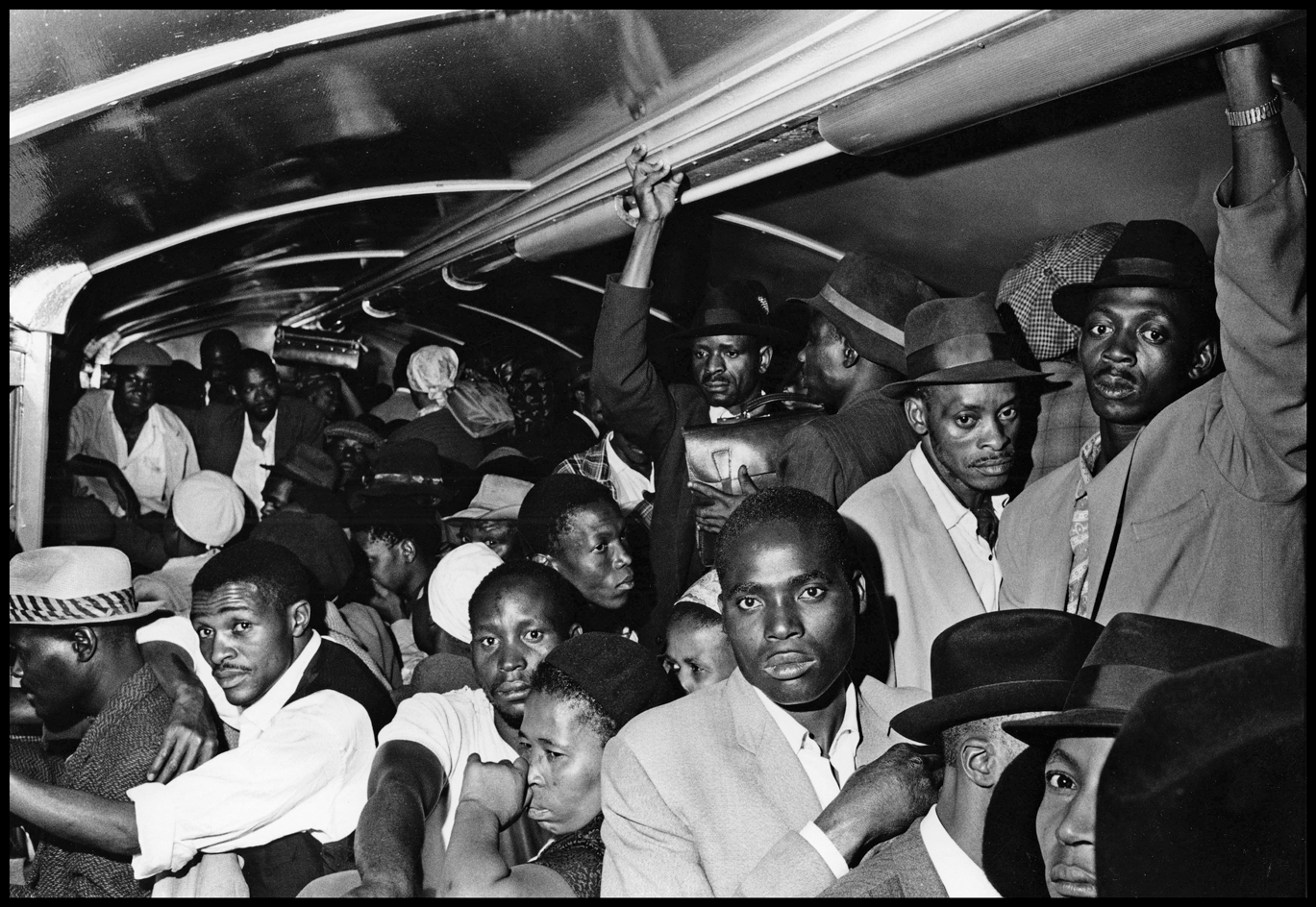
Ernest Cole, Nightmare Rides, c. 1960–66. From the series House of Bondage, 1967, silver gelatin print.
The exhibition spans 50 years, opening with the stunning work of the South African photographer Ernest Cole, who created surely some of the most enduring social documentary photography of the 20th century.
For his series House of Bondage, Cole dedicated himself so fervently to his art that he had his race on his identity card changed to ‘mixed’ and would often purposefully get himself arrested in order to infiltrate and capture the institutional humiliation of black-only prisons.
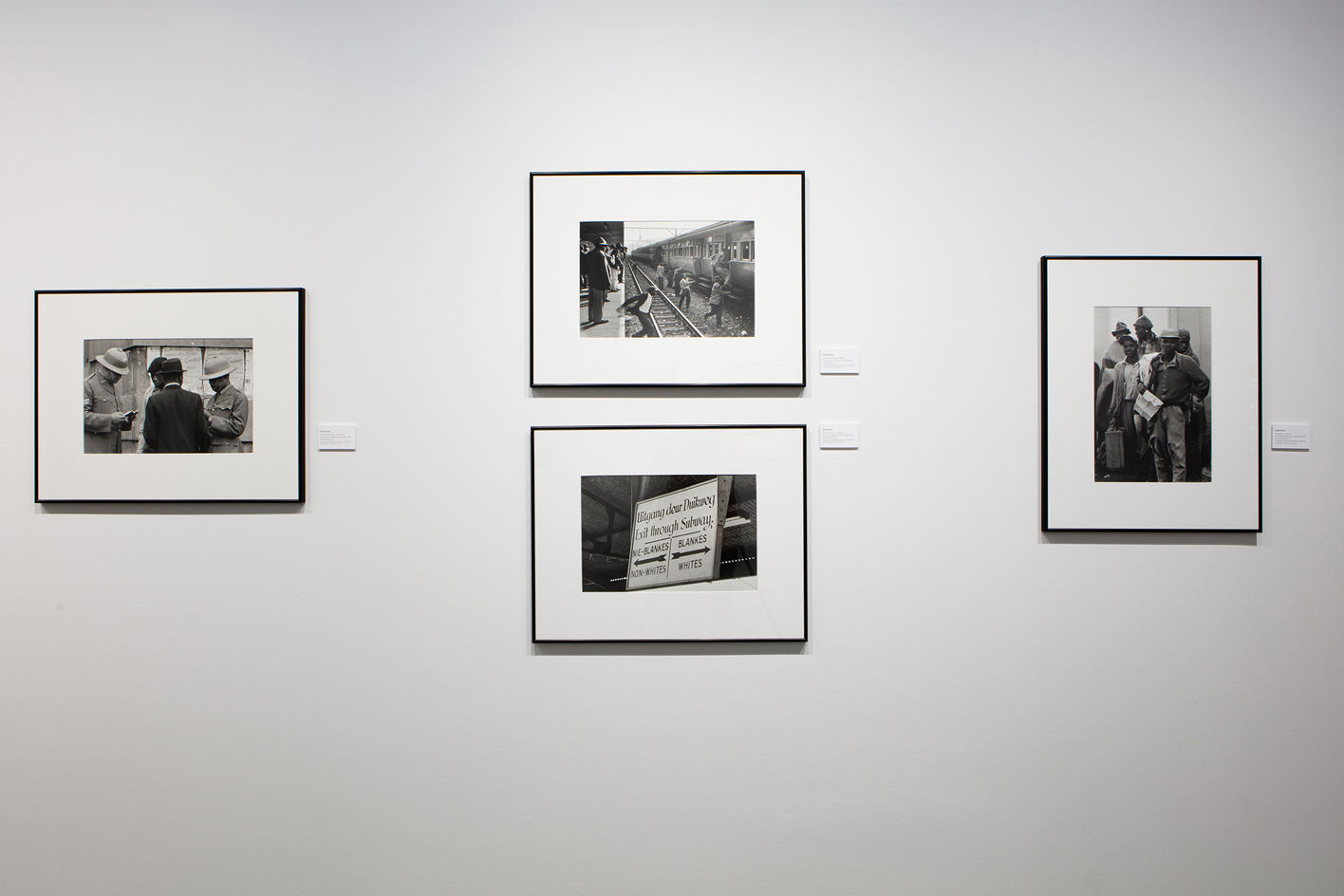
Installation view of Ernest Cole, House of Bondage, 1967, in the exhibition African Cosmologies: Photography, Time, and the Other at FotoFest Biennial 2020, Houston, TX. Courtesy of FotoFest, Houston, TX.
The exhibition includes Cole’s quote ‘Three hundred years of white supremacy in South Africa has placed us in bondage, stripped us of dignity, robbed us of self-esteem and surrounded us with hate.’ As such, Cole’s photography was actively recognised as political dissidence, and he was forced to leave South Africa in exile in 1966.
Also on show is another unheralded African documentary photographer – a nominal contemporary of Cole’s, yet one who worked with a radically different ethos. Like Cole, the Accra-born James Barnor freelanced for the South African Drum magazine, initially in a newly independent Ghana and then, from 1960 onwards, in London. Barnor’s work was almost entirely ignored by the British media, which focused almost exclusively on ‘spectacles of violence and unrest’, Sealy says. Yet Barnor was virtually unique in his willingness to focus his lens on the African diaspora’s ability to integrate totally into London’s cultural life. Barnor’s photography is augmented by a multi-media project from a fellow Ghanian artist; one working in the current day but exploring very similar themes.
Wallpaper* Newsletter
Receive our daily digest of inspiration, escapism and design stories from around the world direct to your inbox.
‘How does a subject negotiate their own baggage of cultural biases and prejudices with anxieties of belonging when in a foreign environment?’
Serge Attukwei Clottey’s Softening the Borders installation, held at the Moody Center for the Arts in tandem with the festival, investigates how we reconstruct familiar experiences when displaced. ‘How does a subject negotiate their own baggage of cultural biases and prejudices with anxieties of belonging when in a foreign environment?’ Clottey asks.

Serge Attukwei Clottey, Softening Borders, installation view at Moody Center for the Arts.
From the ceiling, Clottey suspends chairs that at first glance seem unremarkable but actually relate to so-called ‘prestige stools’ from Ghanian Asante and Akan tribal cultures. Hung or stuck to the chairs, or stacked below, we see international postage stamps, newspapers turned to world news and items of Westernised clothing.
The combination of such seemingly everyday things is testament to Cottey’s ability to communicate complex ideas with direct minimalism – namely, how one’s geographic location can change our behaviour, and how re-appropriated fashions can serve as a ‘marker’ of home – ‘how one creates a home away from home and a renewed, resilient sense of self,’ he says.
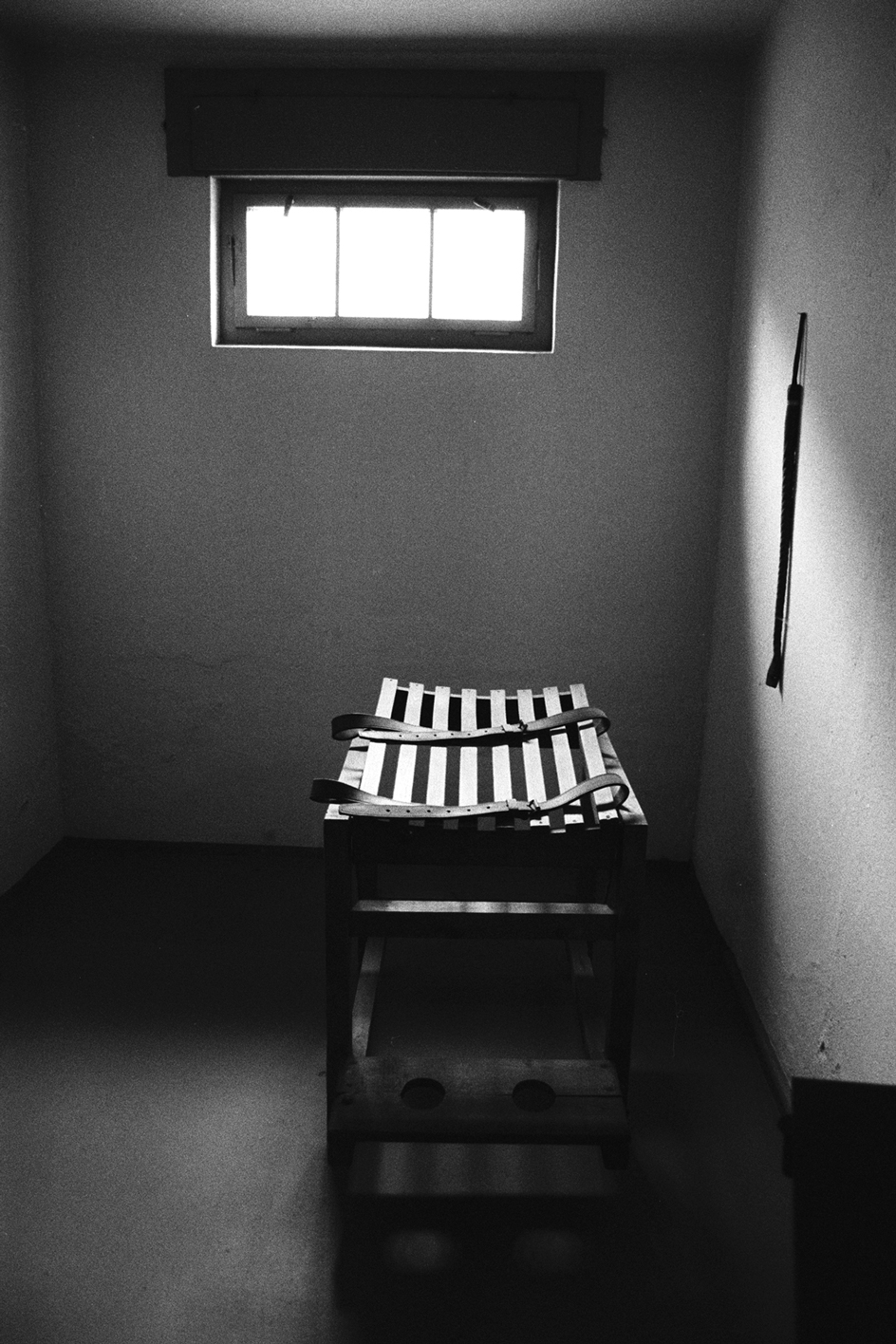
Santu Mofokeng, Torture Cell, Ravensbruck Concentration Camp, Germany, 2000. From the series Landscapes of Trauma, 1997-2004, silver gelatin print.
Africa’s relationship with Western clothing is a thread that runs through Sealy’s exhibition. Take for example Look at Me, an archival photo album of black families taken in Johannesburg from 1890 to 1950, and elevated into an artwork by Santu Mofokeng, a South African news photographer who died in January of this year. Mofakeng pays attention to the formal studio settings – the ‘taking up’ of the British Victorian photo studio custom – in which the families are photographed, as well as the Westernised clothing the families wear.
These images have been passed down through generations of African families, a testament to how photography can at once preserve and reinterpret the past. Here, we see how African citizens were able to conform to an imposed colonial system whilst, simultaneously, rising above it and owning it for themselves. ‘Are the photographs evidence and testimony of mental colonisation,’ the artist asks. ‘Or a resistance?’
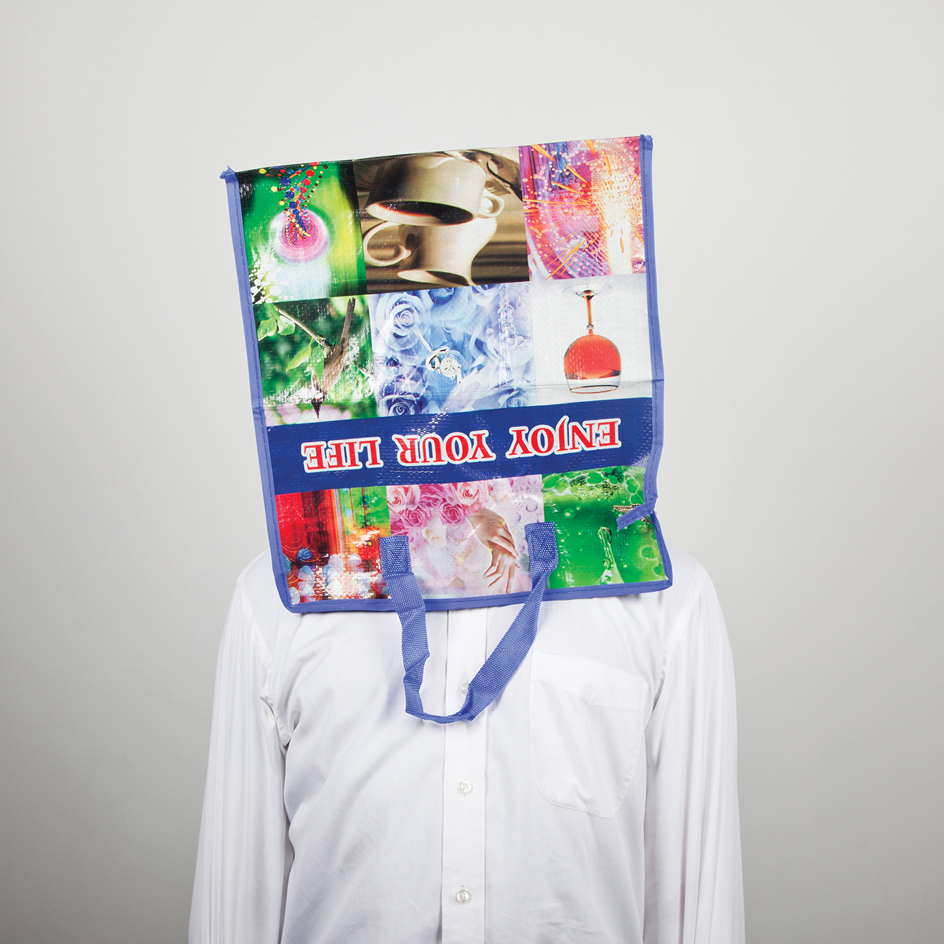
Edson Chagas, Oikonomos (EC-0678), 2011, chromogenic print.
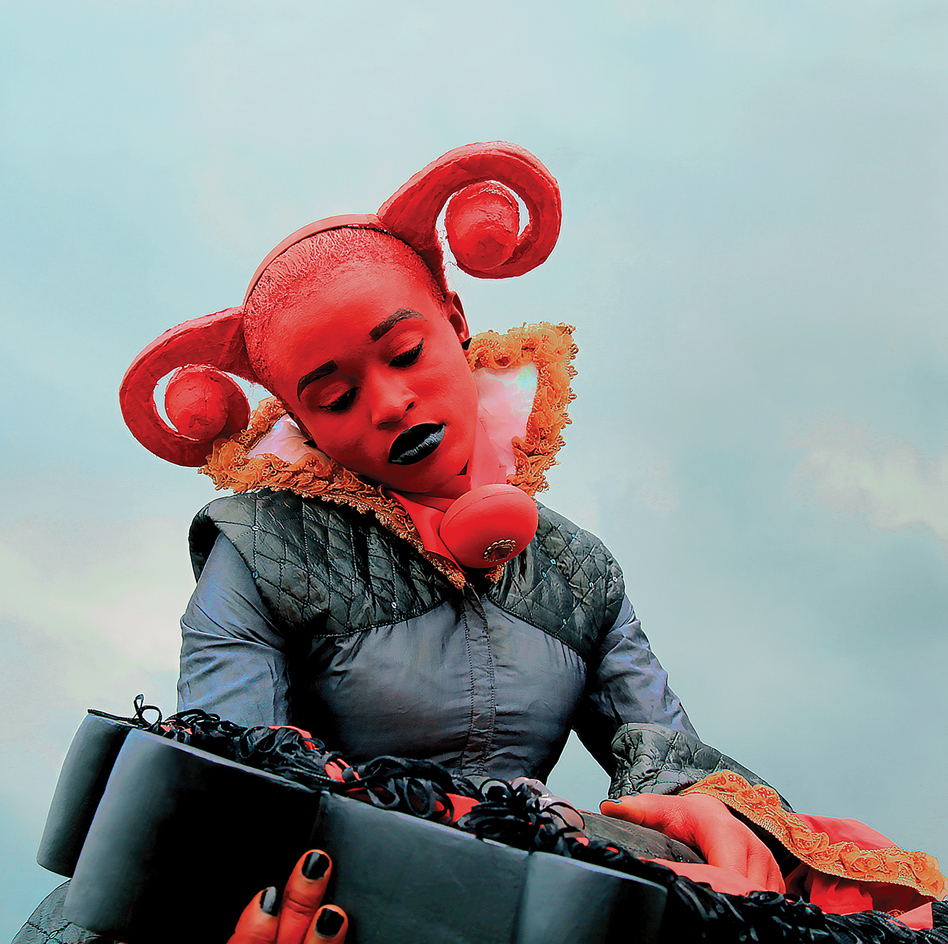
Wilfred Ukpong, BC1-ND-FC: By and by, I Will Carry this Burden of Hope, till the Laments of my Newborn is Heard #2, 2017, from the series Blazing Century 1, Niger-Delta/Future-Cosmos, 2011–17. Mixed media: pigment-ink print, acrylic on canvas, recycled fabric, polystyrene and light steel rod.
INFORMATION
‘African Cosmologies: Photography, Time and the Other’ opened at Houston FotoFest, Silver Street Studios, but is temporarily closed to the public, due to sensible restrictions presented by Coronavirus. fotofest.org
Tom Seymour is an award-winning journalist, lecturer, strategist and curator. Before pursuing his freelance career, he was Senior Editor for CHANEL Arts & Culture. He has also worked at The Art Newspaper, University of the Arts London and the British Journal of Photography and i-D. He has published in print for The Guardian, The Observer, The New York Times, The Financial Times and Telegraph among others. He won Writer of the Year in 2020 and Specialist Writer of the Year in 2019 and 2021 at the PPA Awards for his work with The Royal Photographic Society. In 2017, Tom worked with Sian Davey to co-create Together, an amalgam of photography and writing which exhibited at London’s National Portrait Gallery.
-
 Nikos Koulis brings a cool wearability to high jewellery
Nikos Koulis brings a cool wearability to high jewelleryNikos Koulis experiments with unusual diamond cuts and modern materials in a new collection, ‘Wish’
By Hannah Silver
-
 A Xingfa cement factory’s reimagining breathes new life into an abandoned industrial site
A Xingfa cement factory’s reimagining breathes new life into an abandoned industrial siteWe tour the Xingfa cement factory in China, where a redesign by landscape specialist SWA Group completely transforms an old industrial site into a lush park
By Daven Wu
-
 Put these emerging artists on your radar
Put these emerging artists on your radarThis crop of six new talents is poised to shake up the art world. Get to know them now
By Tianna Williams
-
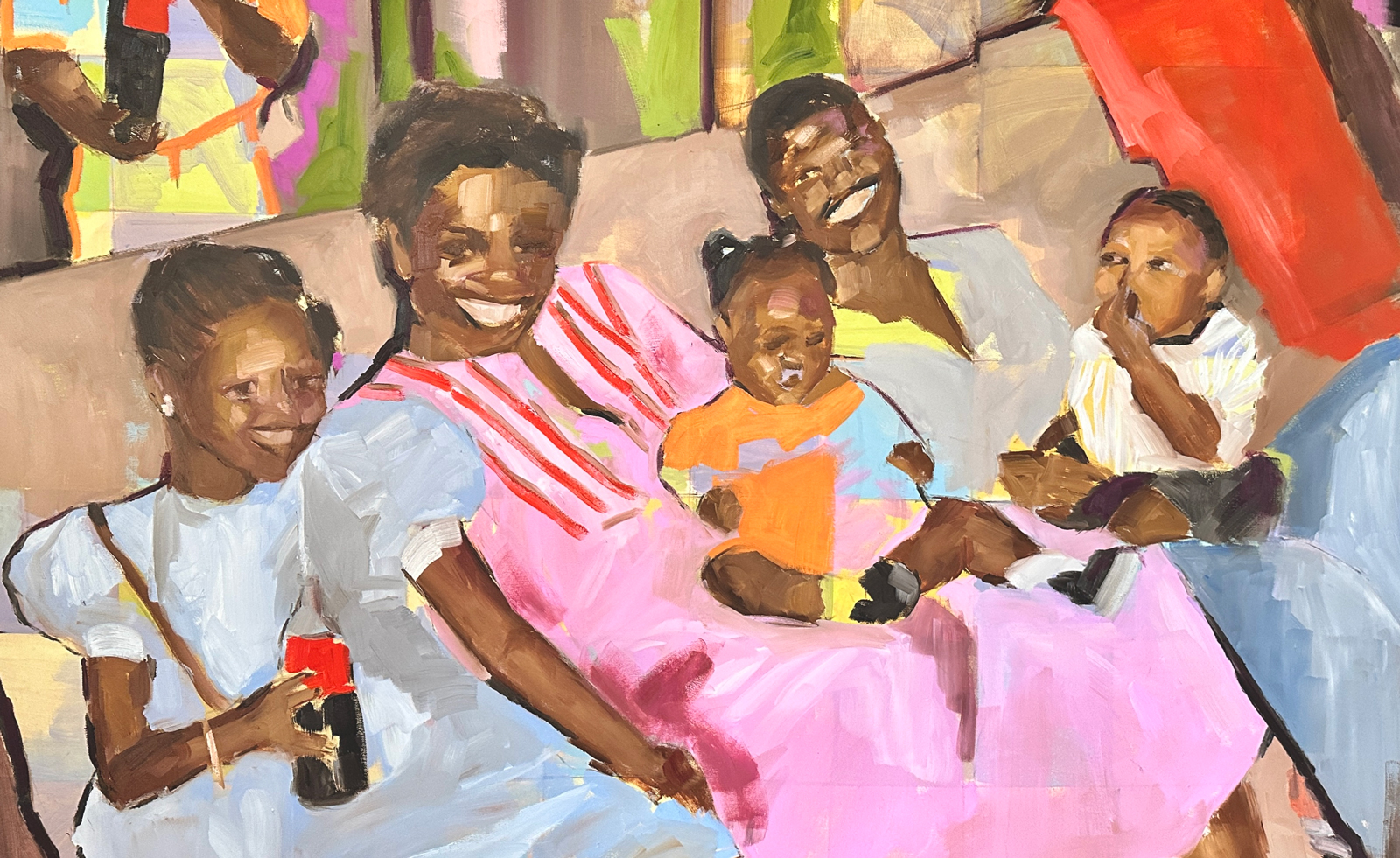 Don’t miss these artists at 1-54 Contemporary African Art Fair 2024
Don’t miss these artists at 1-54 Contemporary African Art Fair 2024As the 1-54 Contemporary African Art Fair returns to London (10-13 October 2024), here are the artists to see
By Gameli Hamelo
-
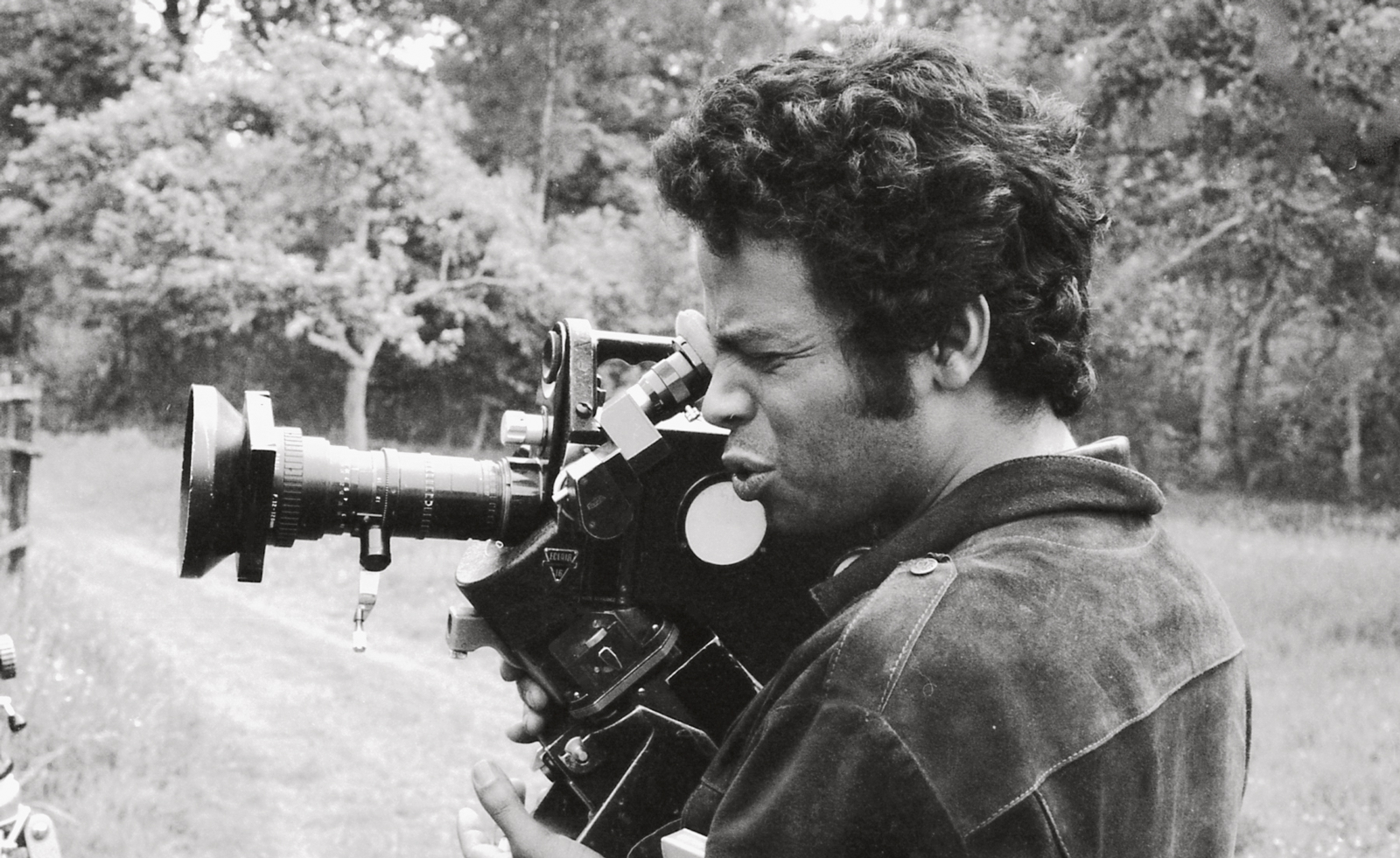 How Amy Sall is highlighting the beauty of African cinema
How Amy Sall is highlighting the beauty of African cinemaAmy Sall is highlighting the cultural impact of African filmmakers with ‘The African Gaze: Photography, Cinema and Power’, published by Thames & Hudson
By Marris Adikwu
-
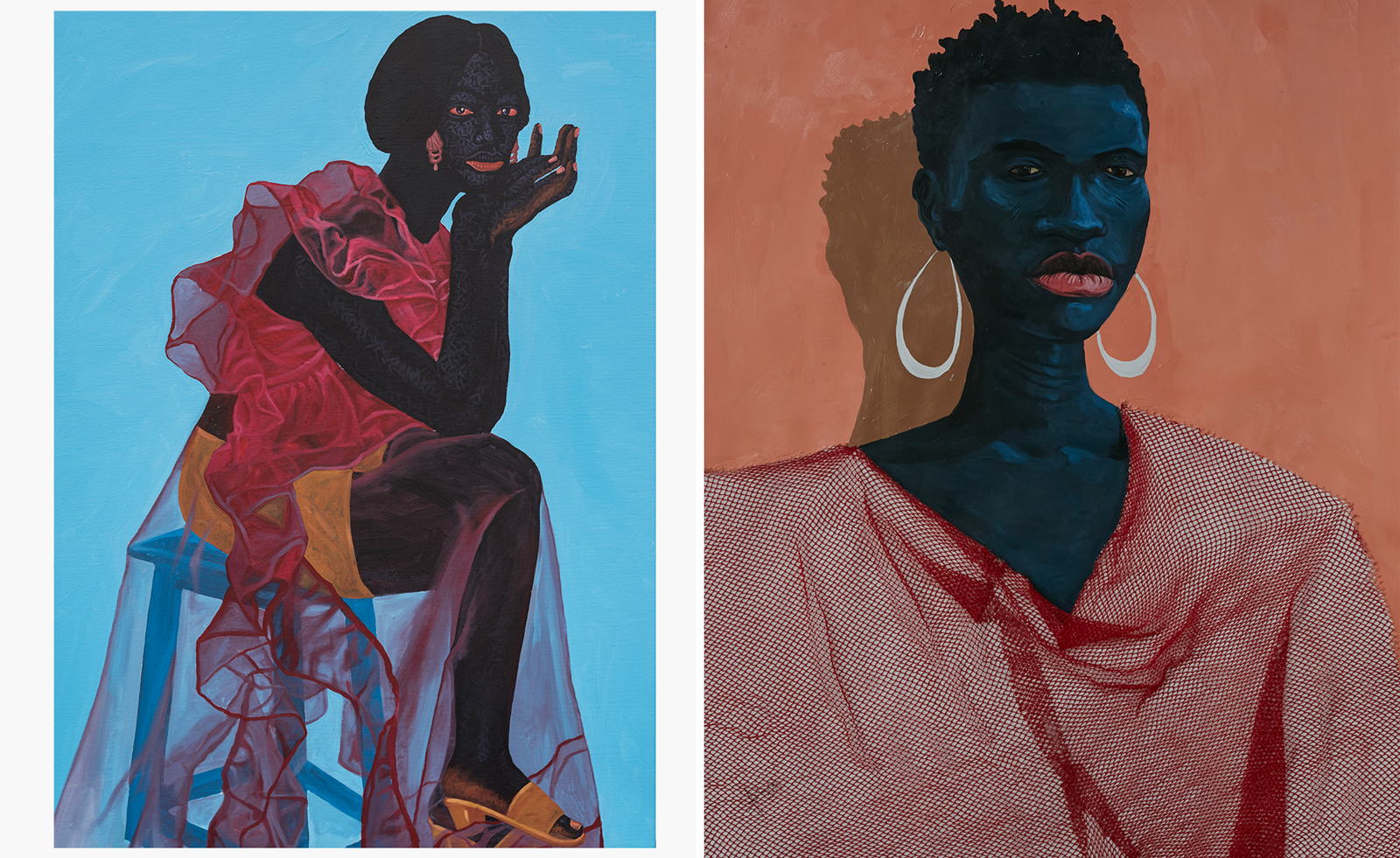 Ghana’s artists celebrated in new book by Manju Journal
Ghana’s artists celebrated in new book by Manju Journal‘Voices: Ghana’s artists in their own words’, from Manju Journal, celebrates 80 Ghanaian creatives
By Ugonna-Ora Owoh
-
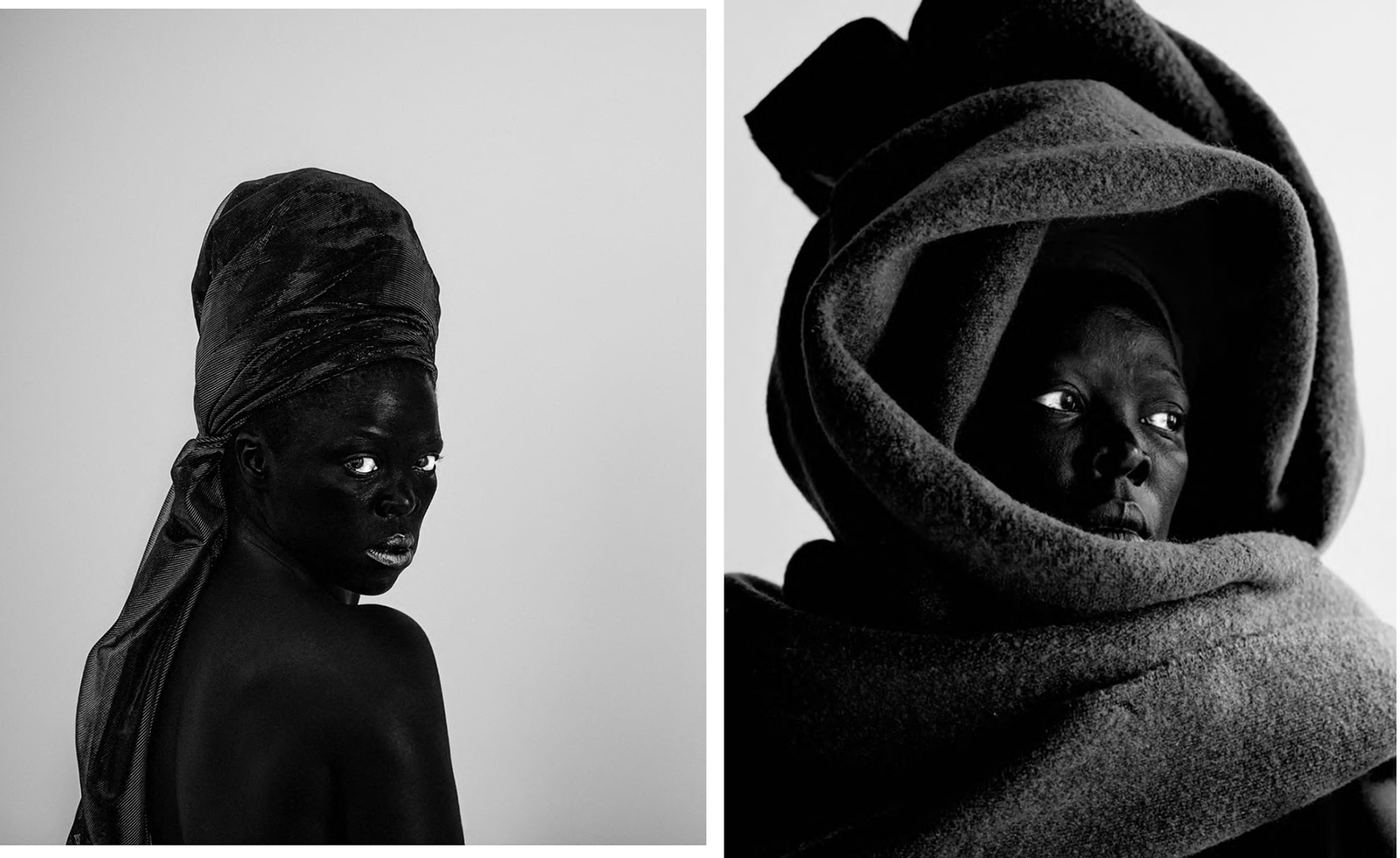 Wallpaper* contributing editor Ekow Eshun considers time, identity and cultural memory in Ghana
Wallpaper* contributing editor Ekow Eshun considers time, identity and cultural memory in Ghana‘In and Out of Time’, held at Gallery 1957 in Accra, Ghana, and curated by Wallpaper* contributing editor Ekow Eshun, celebrates the concept of Sankofa with artists including Malala Andrialavidrazana, Shiraz Bayjoo and Godfried Donkor
By Hannah Silver
-
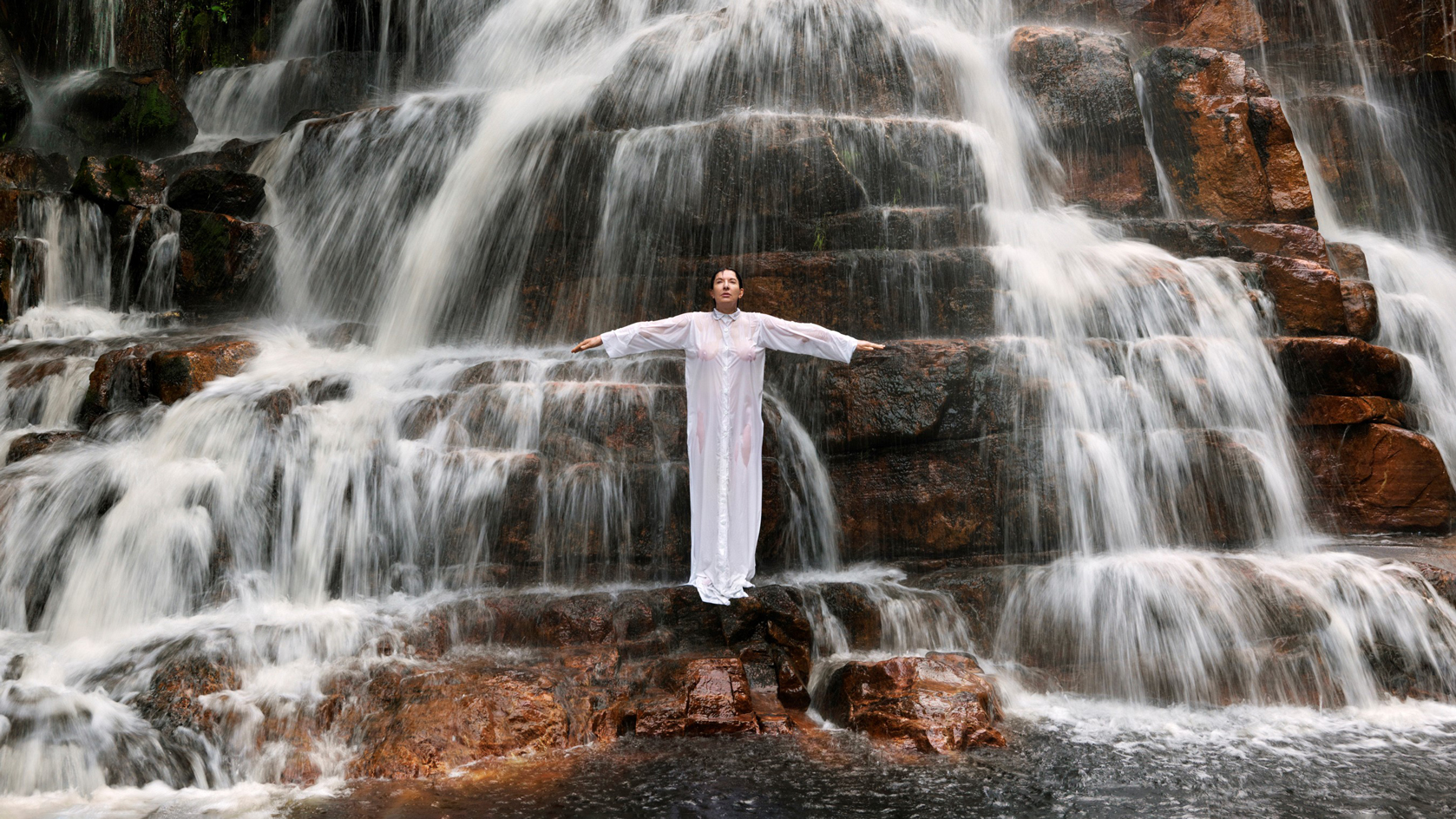 EXPO Chicago 2023 is an indoor-outdoor art extravaganza, from witches to unicorns
EXPO Chicago 2023 is an indoor-outdoor art extravaganza, from witches to unicornsAs the landmark 10th edition of EXPO Chicago kicks off, Jessica Klingelfuss explores the fair and this citywide art spectacle, from Derrick Adams’ unicorns to a witch-themed group show
By Jessica Klingelfuss
-
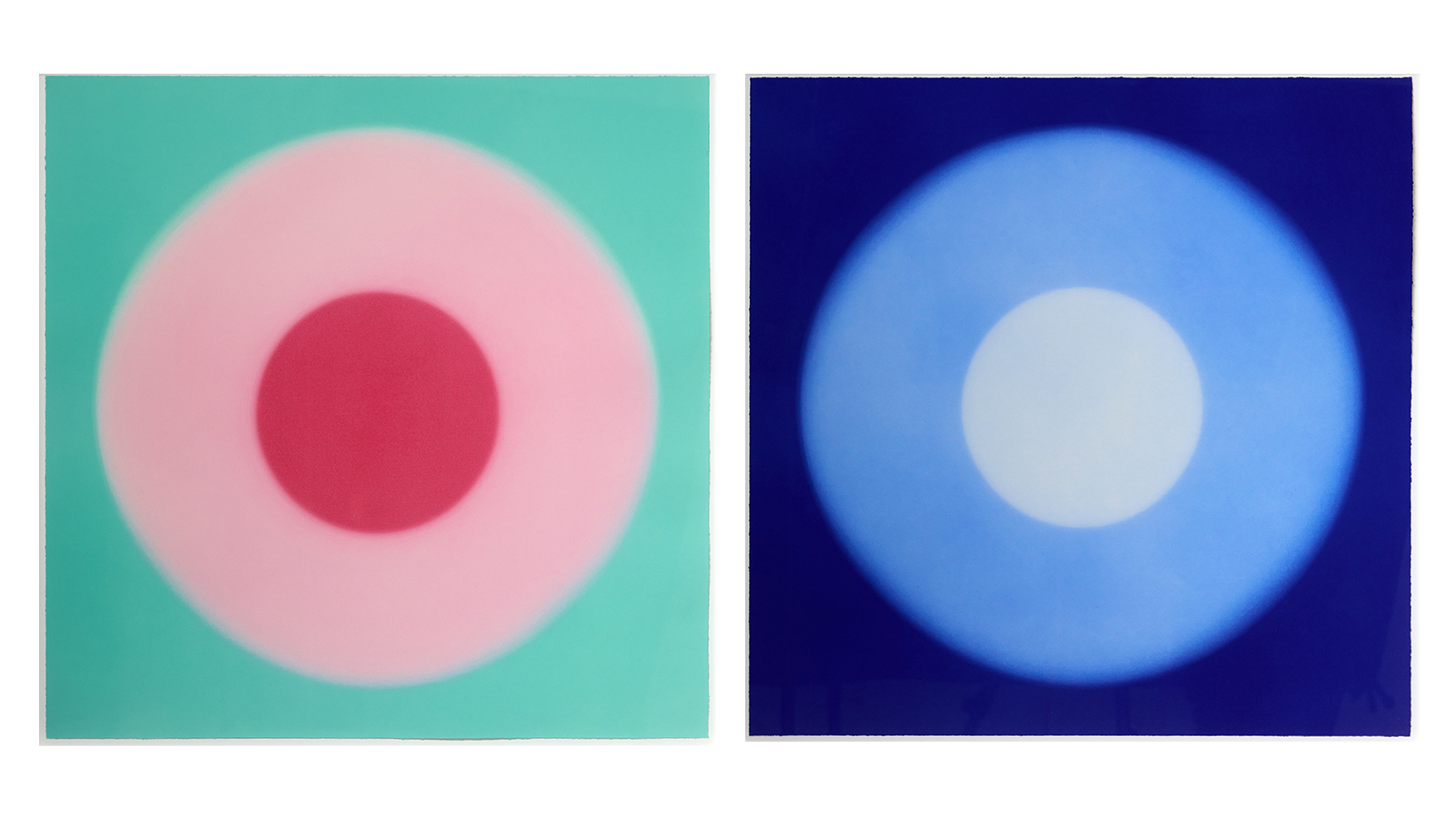 London Original Print Fair 2023: 10 prints on our radar, from Brian Eno to Tracey Emin
London Original Print Fair 2023: 10 prints on our radar, from Brian Eno to Tracey EminAs London Original Print Fair 2023 kicks off (until 2 April 2023), explore the 10 prints on our wish list this year, from Brian Eno to Tracey Emin; Mona Hatoum to Harland Miller
By Harriet Lloyd-Smith
-
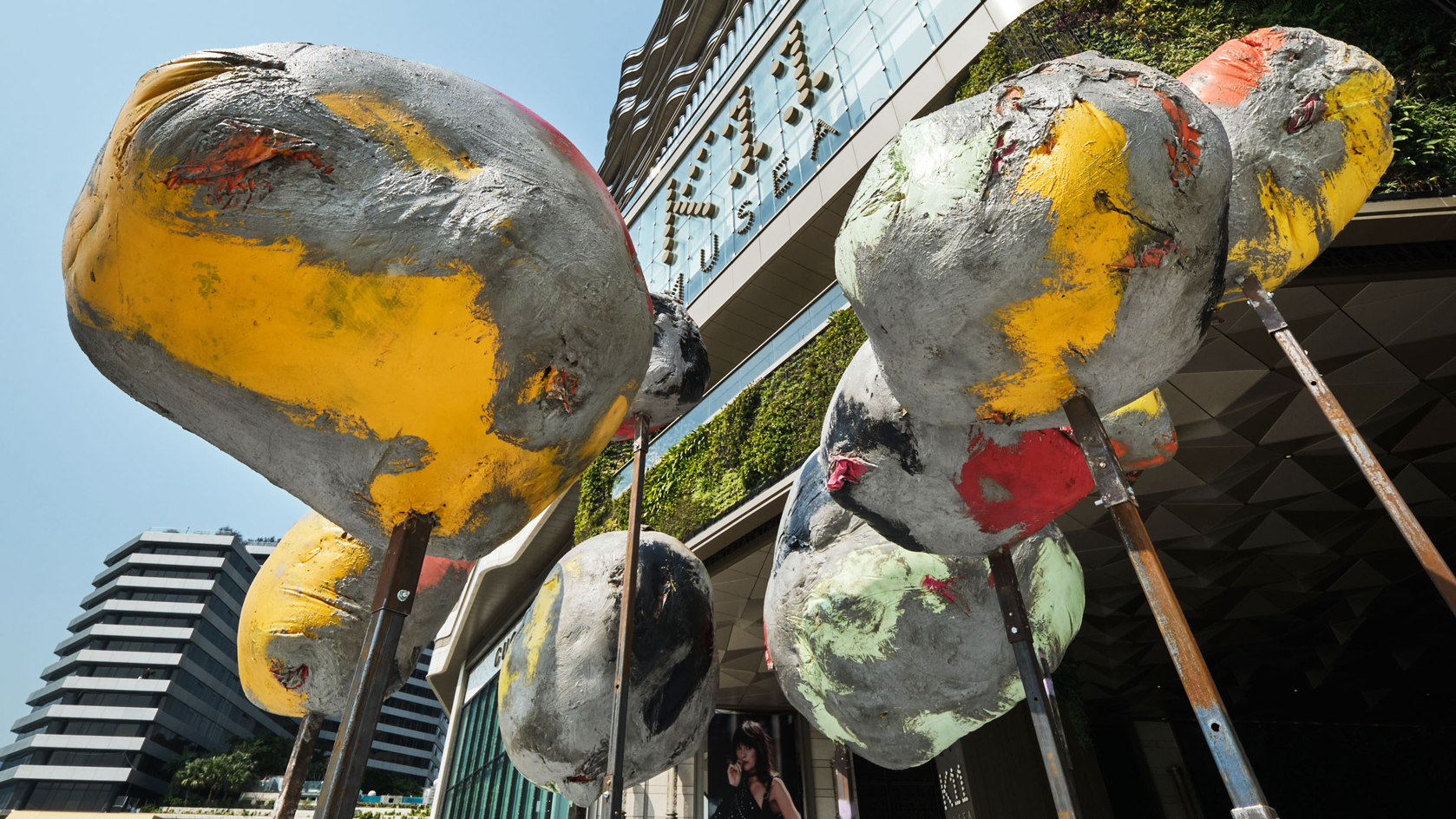 Art Basel Hong Kong 2023: can the city’s art scene bounce back?
Art Basel Hong Kong 2023: can the city’s art scene bounce back?Art Basel Hong Kong 2023 is about to kick off following years of restrictions. Catherine Shaw explores what we can expect in and around this year’s fair (23-25 March 2023), and whether Hong Kong can bounce back to reclaim the title of ‘Asia’s art hub’
By Catherine Shaw
-
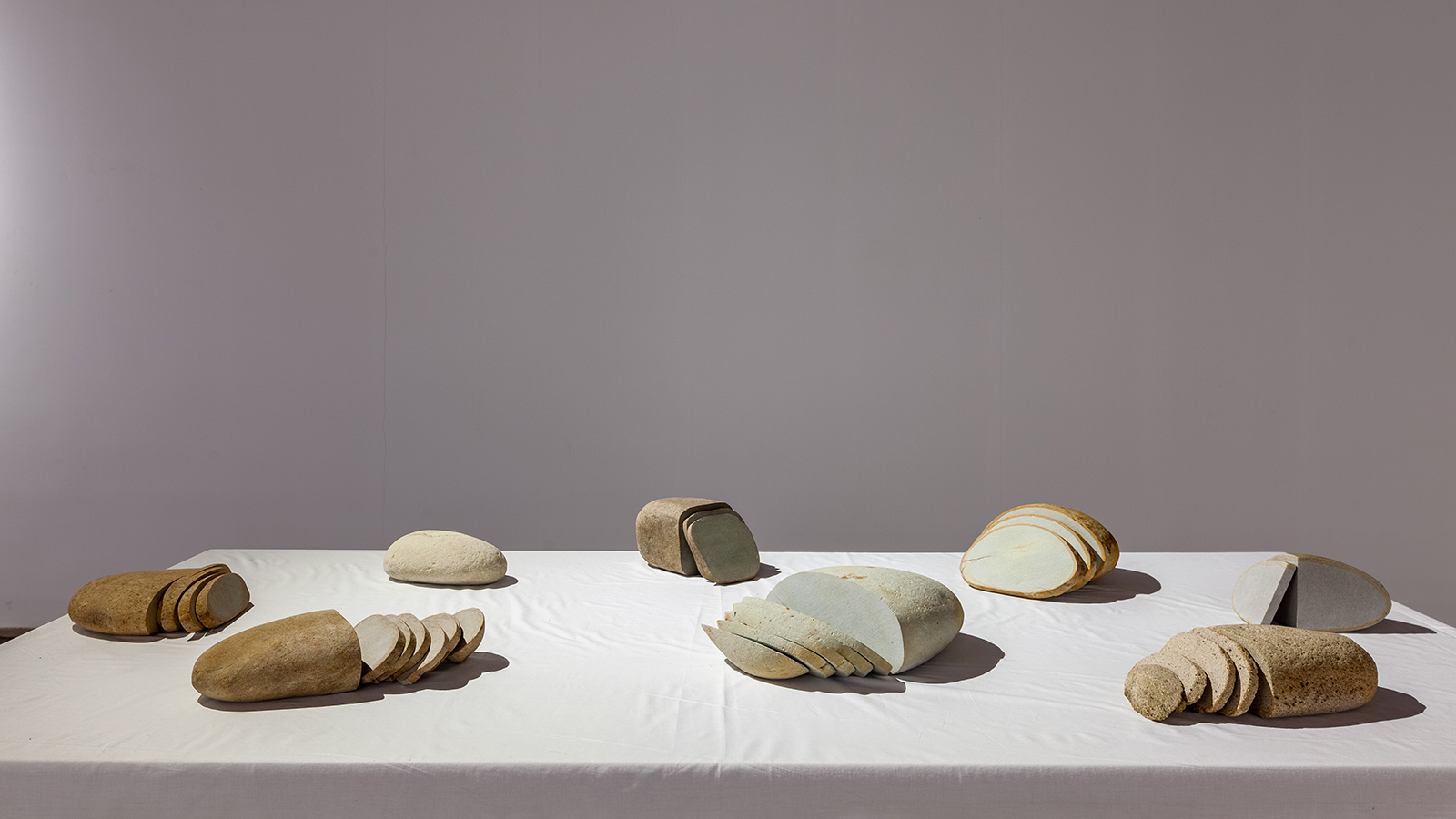 ‘In Our Veins Flow Ink and Fire’: a fervent return for India’s Kochi-Muziris Biennale
‘In Our Veins Flow Ink and Fire’: a fervent return for India’s Kochi-Muziris BiennaleIn its fifth edition, the postponed Kochi-Muziris Biennale surpasses the intersectional, collaborative essence of previous editions, writes Aastha D
By Aastha D